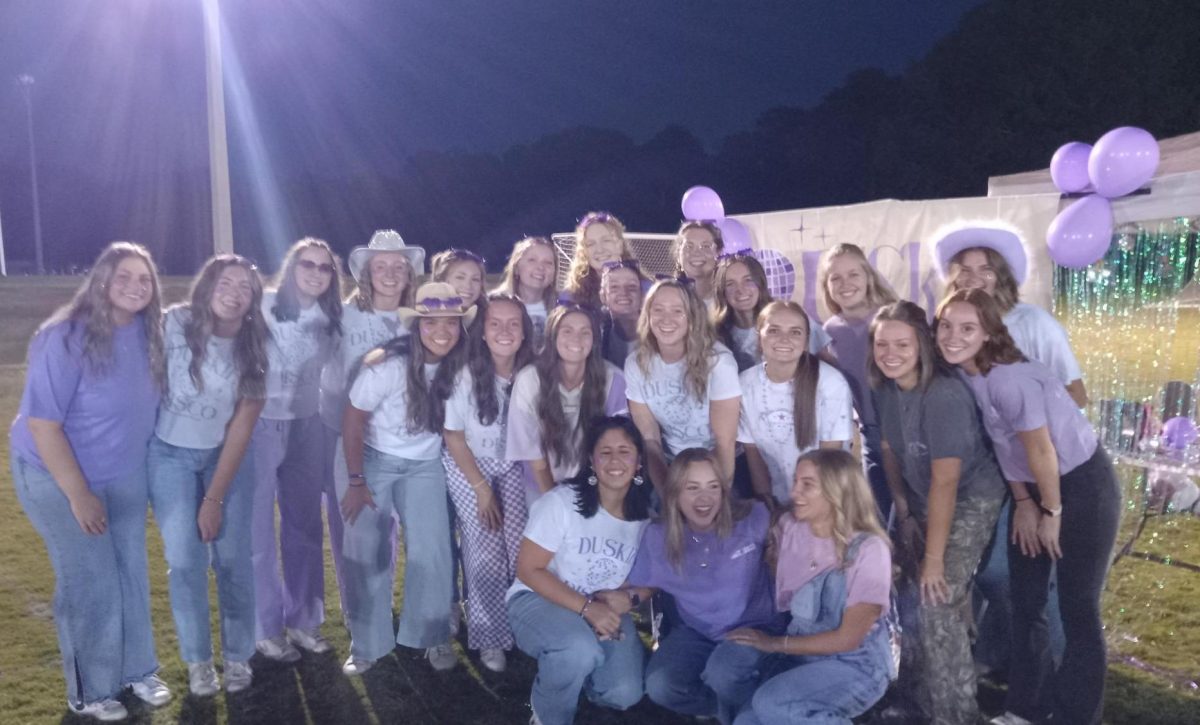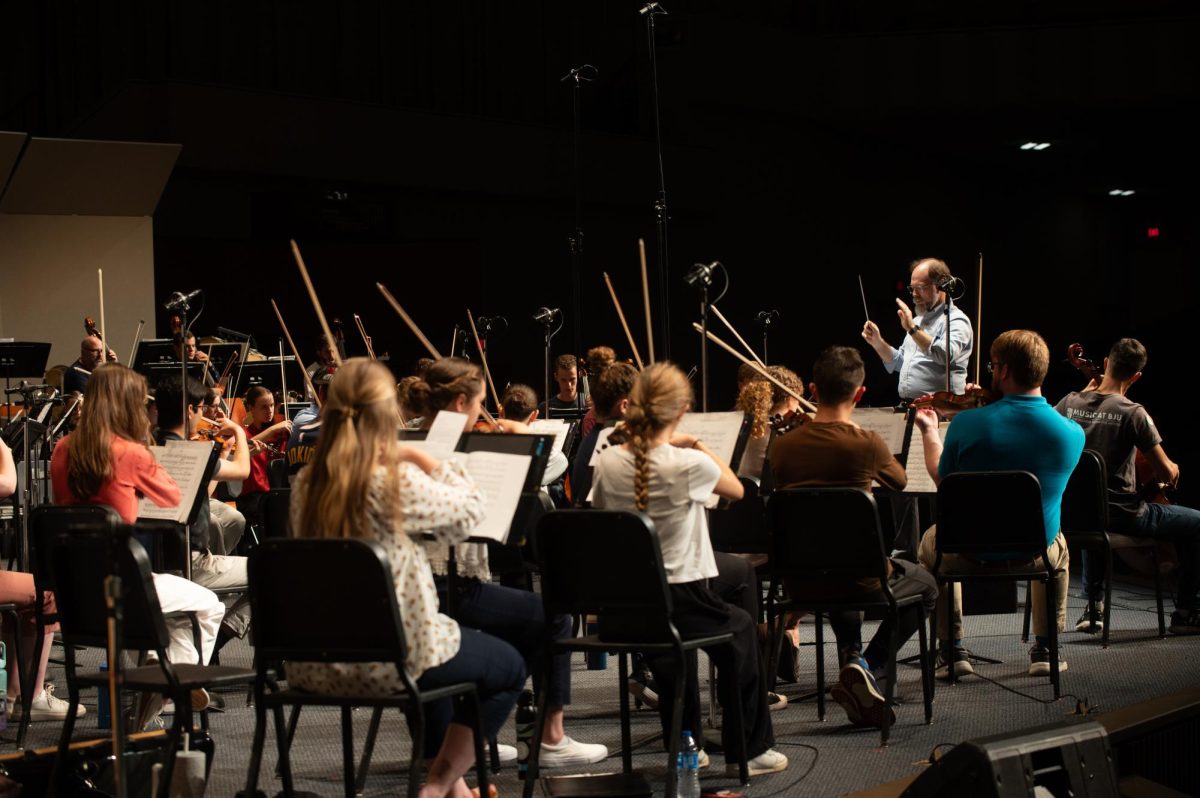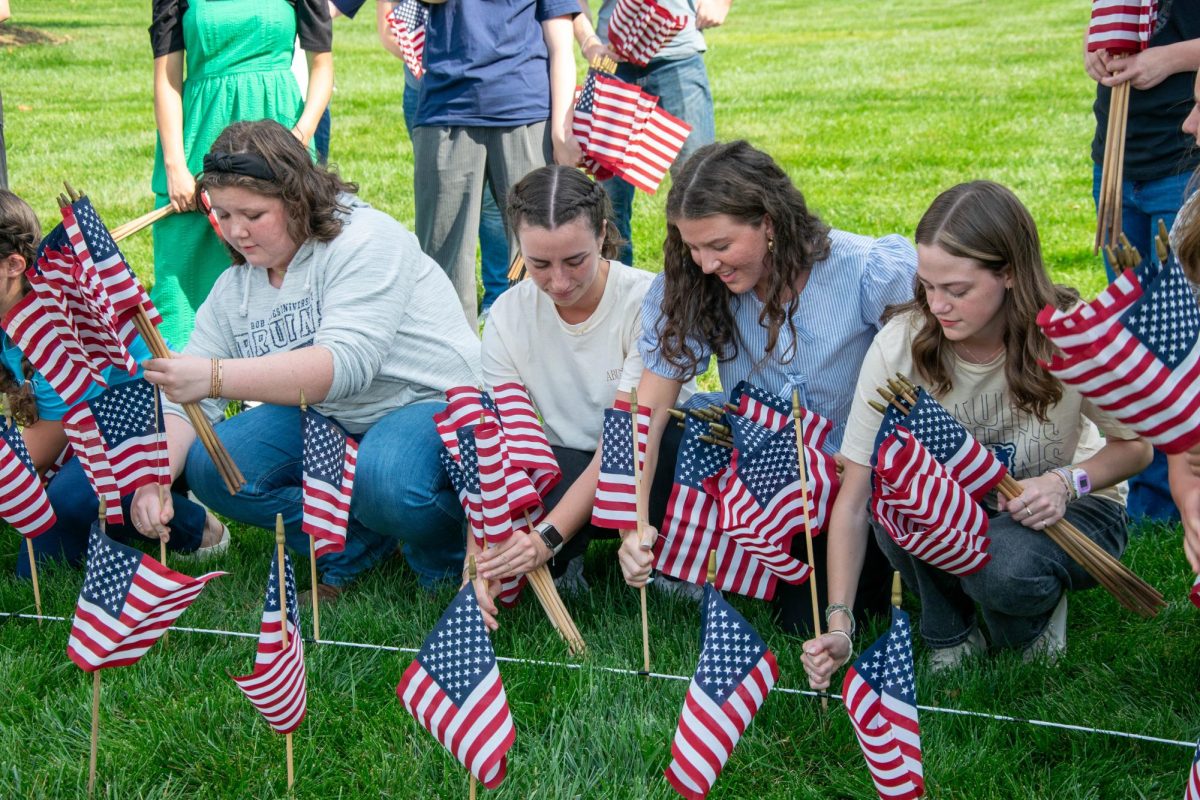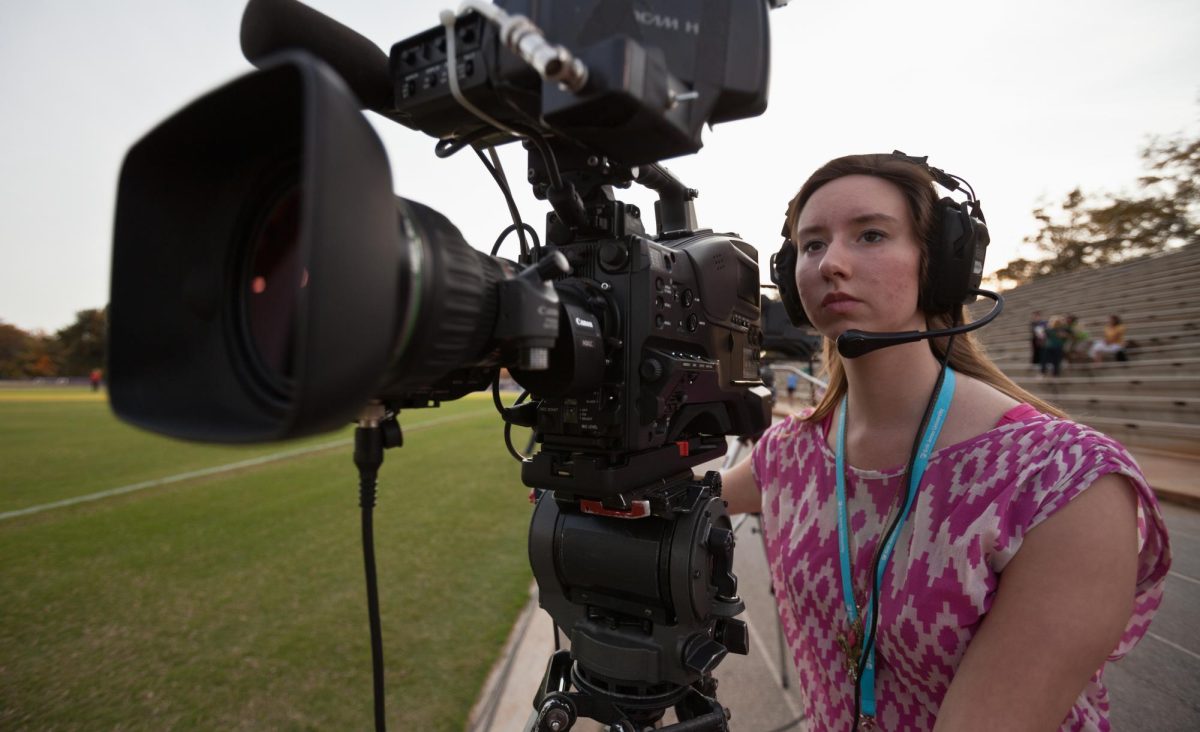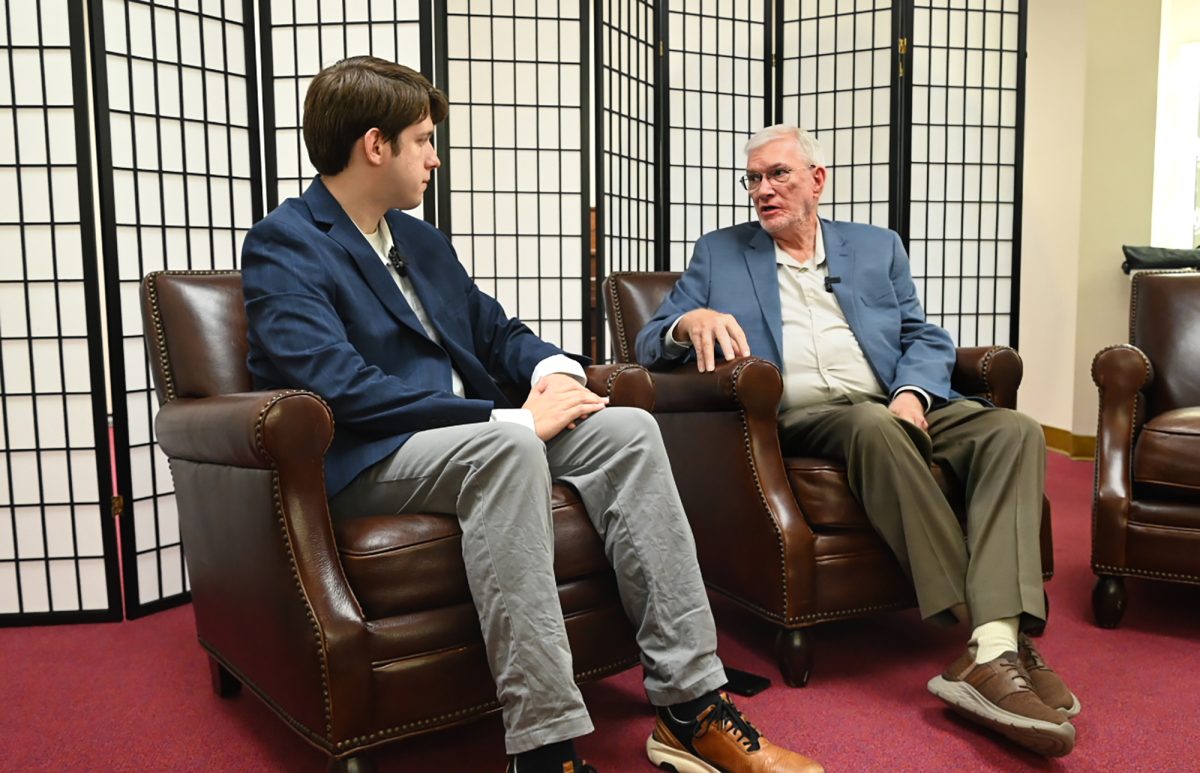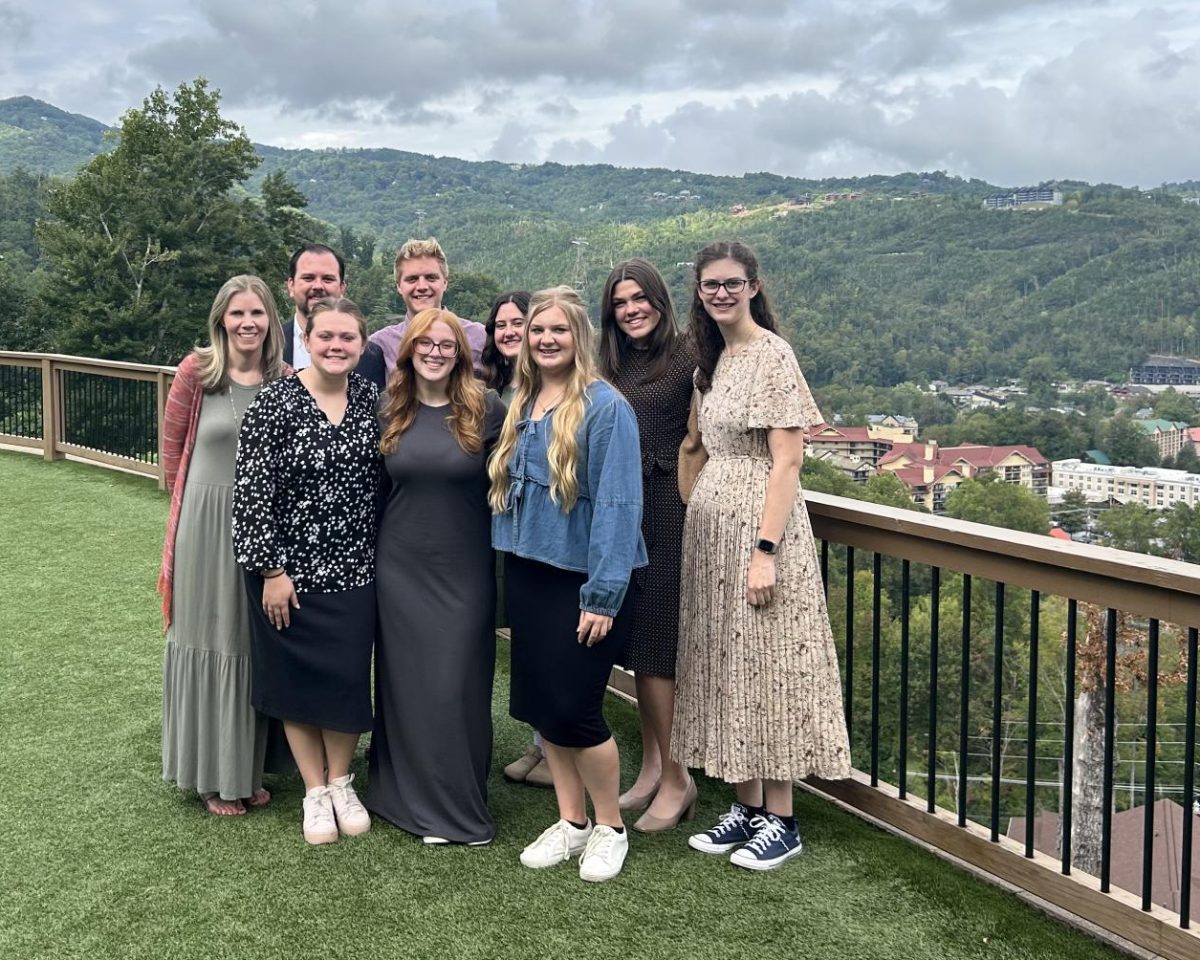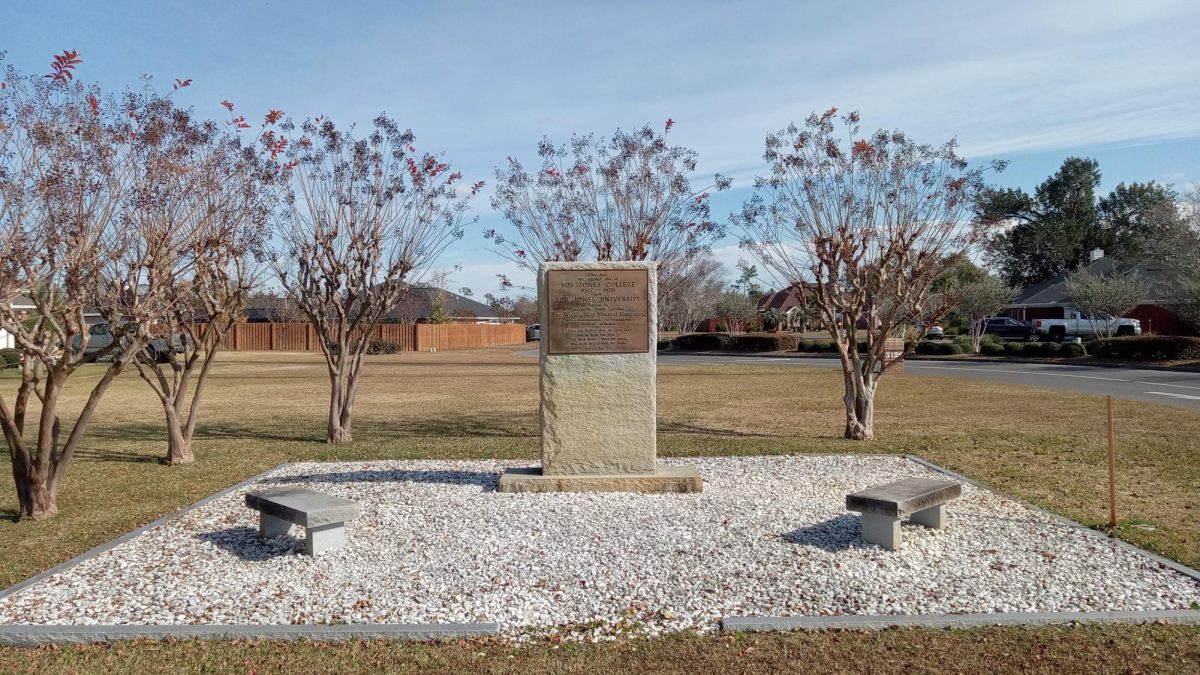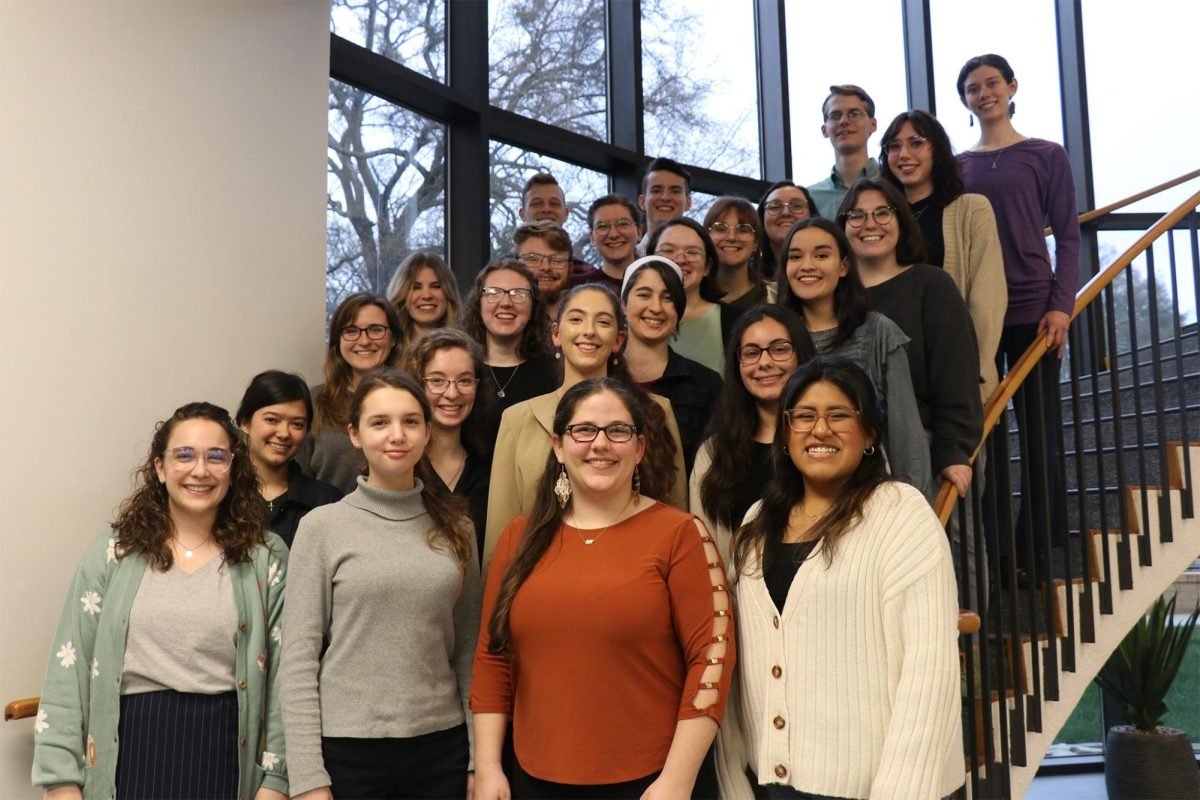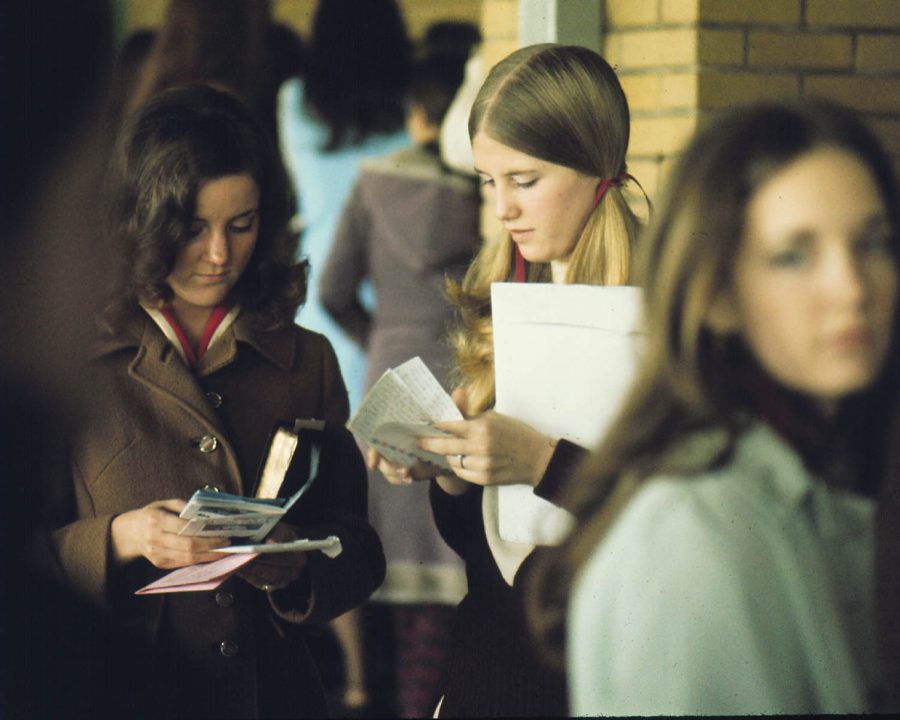Methods of communication around the world have greatly evolved in the past 50 years, and communication across BJU’s campus is no exception.
Back in the early days at BJU, written communication was key, making the post office essential for long-distance as well as across-campus communication. Dr. Phil Smith, a retired BJU administrator, recalls that the BJU post office was always a busy place.
“Everyone went to the post office after breakfast and after chapel,” Smith said.
Before the Gaston and Johnson residence halls were constructed, with their ground-level post office box areas, all campus mail was handled through one main post office. In addition to student mail, the University post office handled most of the faculty’s personal mail, since many of them lived on campus and did not have home addresses.
Steady growth of the student body from 1962 to 1982 created the need for more post office space. Two residence halls, Gaston and Johnson, were built during this time, and P.O. boxes were installed in the basements of these buildings. This construction update allowed residence hall students to receive their mail at these locations, and the main post office’s boxes were reserved for day students and faculty.
Night mail was also an important form of communication between students, Smith said. A guy wanting to ask a girl to Artist Series or church could write her a note and send it through night mail. Or dating couples could write notes to each other in the evening and night mail them to each other. Night mail boxes were located in each dorm and in the library. Just as night mail is delivered today, different men’s societies would be assigned specific nights to run the notes back and forth between the dorms.
“Societies would have races and time themselves to see who could make the fastest deliveries,” Smith said.
Students still use night mail, though not as often and not just for notes. While dating couples still use it to send small items to each other, night mail has also developed practical uses. Sarah Manly, a sophomore accounting major, said she has used night mail to return books she has rented.
Until the mid-1960s, the main source of non-written communication on campus was an old-fashioned telephone switchboard. Located at the top of the stairs in the Administration Building, the switchboard was operated by Mrs. Flora Fulton and required constant monitoring to connect calls.
In the mid-1960s, one phone was installed in each residence hall, but these phones were almost exclusively used to reach the dorm supervisors. Students used the phone only in cases of emergency. While this limited communication might seem rather primitive in comparison to modern technology, it wasn’t an issue for students in those days.
“We didn’t really call people back then,” Smith said. “We wrote letters. Our parents would write us letters every week.”
Smith remembers talking to his parents only once by phone in the two years he lived in the residence halls.
As telephones developed into a more widespread form of communication, a phone was installed on each floor of the dorms, and then two phones per floor. In the late ’60s, BJU started offering students the option of having a phone in their room, but the students had to pay for this amenity separately from tuition. The invention of calling cards in the mid-1970s increased student desire for private room phones, and by the early ’80s every room had its own phone.
Corded phones and calling cards may sound antiquated, but they were still commonplace less than 10 years ago. Emily Allen, a 2011 BJU graduate, recalls using her room phone for long-distance calls during her first two years at the University.
“I could only call long-distance for free after 9 p.m. and on weekends with my cell [phone],” Allen said. “I usually kept at least one calling card loaded.”
Now, room phones get little daily use since almost every student has a cellphone. Sarah Manly, a sophomore accounting major, said she thinks the phones are good to have even in our modern technological age, just in case a student doesn’t have access to other forms of communication.


